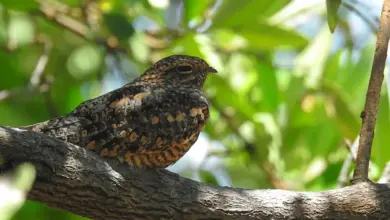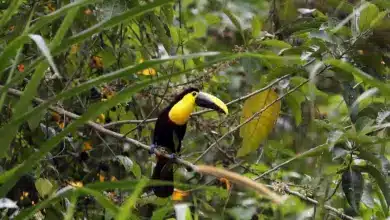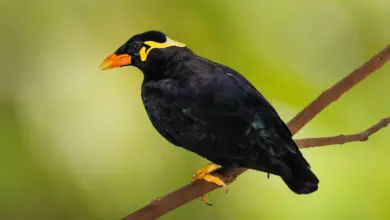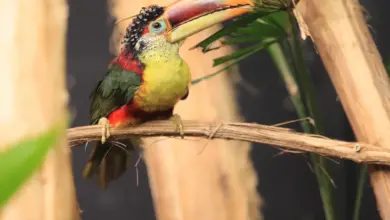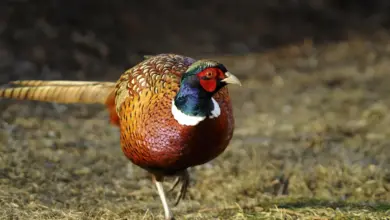The Lazuli Buntings (Passerina amoena) – also known as Blue Linnets or Lazuli Painted Finches – are colorful North American songbirds that resemble the Western Bluebird – both in size and plumage details.
These buntings are naturally found in many areas of western United States, and migrate south to winter in Mexico.
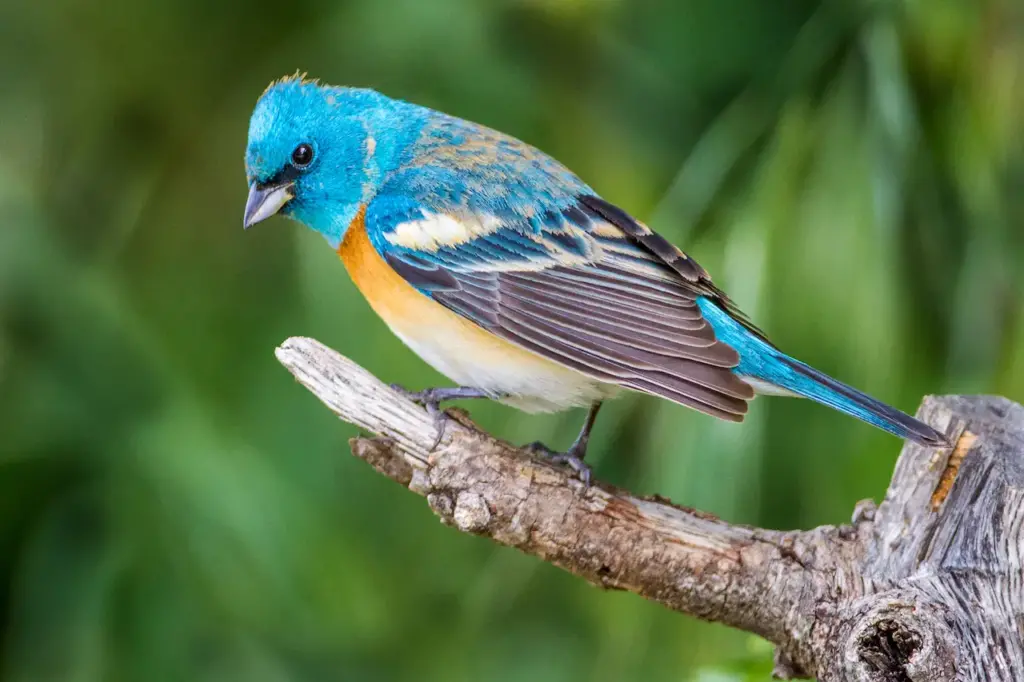
Distribution / Habitat
The range of the Lazuli Buntings extends from southern parts of British Columbia west to Saskatchewan in Canada, south through the western and central areas of the United States into Mexico.
They breed in southern Canada, western United States south to southern California and extreme northwestern Baja California; and from Montana and North Dakota south to western Oklahoma and northern Texas, and from there their breeding range extends into northern Mexico.
They migrate to spend the winter in southeastern Arizona and Mexico.
They favor brushy or shrubby habitats, light forests, chaparrals and sometimes weedy pastures with easy access to water. They may also be found in urban areas. They are often seen perching on stems of grasses and other plants,
Within their range, they are common and widespread. Its population is considered stable.
Description
Size
The Lazuli Bunting is a small songbird that measures about 5.1 – 5.9 inches or 13 – 15 cm in length (including the tail); and weighs between 0.5–0.6 oz or 13–18 g.
Plumage Details
Adults Males:
Breeding (Alternate) Plumage: Head and back deep blue. Upper chest reddish. Lower chest, abdomen and under tail feathers are whitish. The lores (area between the beak and the eyes) are dark. They have two distinctive wing bars.
Winter (non-breeding) Plumage: Plumage is overall dull-brown. On the face and back, the blue feathers are tipped with buff.
Adult females:
Paler and duller brown plumage, greyer on the back and buffer below.
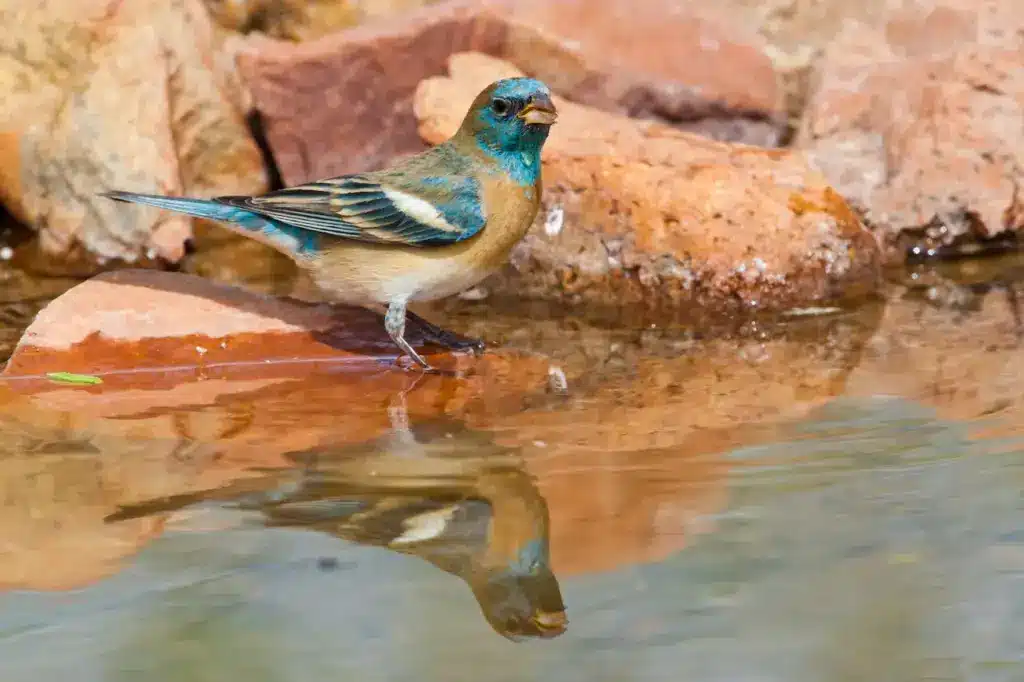
Juveniles:
Resemble adults, but juvenile males have paler and duller blue plumage with feathers that are brown or buff tipped, particularly on the head, back of the neck (nape) and the back giving them a dull blue-brown, blotchy appearance.
Other Physical Details:
The bill is short and thick. The upper bill is dark grey and the lower pale grey. The legs and feet are pale grey.
Similar Species
Resemble the Eastern and Western Bluebirds, except the Buntings are smaller in size and can generally be identified by their wing bars (male or female).
Diet / Feeding
Their diet consists of seeds, fruits and insects. They often hop on the ground foraging for seeds, but are also known to frequent bird feeders.
Insects are gleaned off foliage of trees and shrub, or they may capture them in flight.
Breeding / Nesting
Lazuli Buntings nest in loose, open cups constructed using coarse grasses, rootlets, strips of bark, and leaves. These nests are lined with fine grass, rootlets and animal hairs; and wrapped in silk. Their nests are usually placed in concealed areas in bushes or shrub, typically close to ground.
A clutch consists of 1 – 6 (mostly 3 – 4) pale greenish-blue eggs.
Populations found in the eastern and southern part of its range, are commonly hybridizing with the Indigo Bunting
Alternate (Global) Names
Chinese: ????? … Czech: Papežík lazulový … Danish: Lazulifinke … Dutch: Lazuligors … Finnish: Turkoosikardinaali … Faroese: Kápubláur spurvur … French: Bruant azuré, Evêque lazuli, Pape lazuli, Passerin azuré, Passerine azurée … German: Lazulifink … Icelandic: Skrúðtittlingur … Italian: Papa lazuli, Uccello lapislazzuli, Zigolo lapislazzuli … Japanese: muneakarurinojiko … Lithuanian: Žydroji starten? … Norwegian: Lazulifink, Lazulispurv … Polish: luszczyk lazurowy, ?uszczyk lazurowy … Russian: ???????? ?????????? ???????? … Slovak: pápežík pôvabný … Slovenian: turkizni mavri?ar … Spanish: Azulillo Lapislázuli, Azulillo Lazulito, Colorín aliblanco, Colorin lázuli, Colorín Lázuli , Colorín Lazulita, Colorín Luzulita, Paserina Mariposa … Swedish: Lazulifink, Lazulisparv … Turkish: Lazuli çintesi
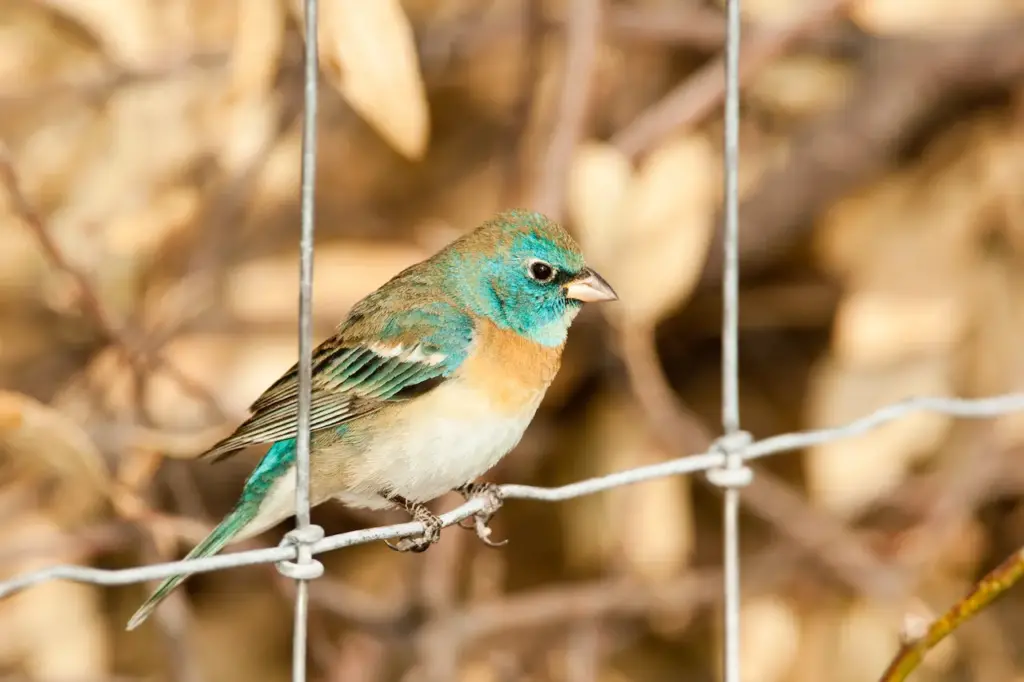
Relevant Web Resources
- ITIS.Gov Species Page
